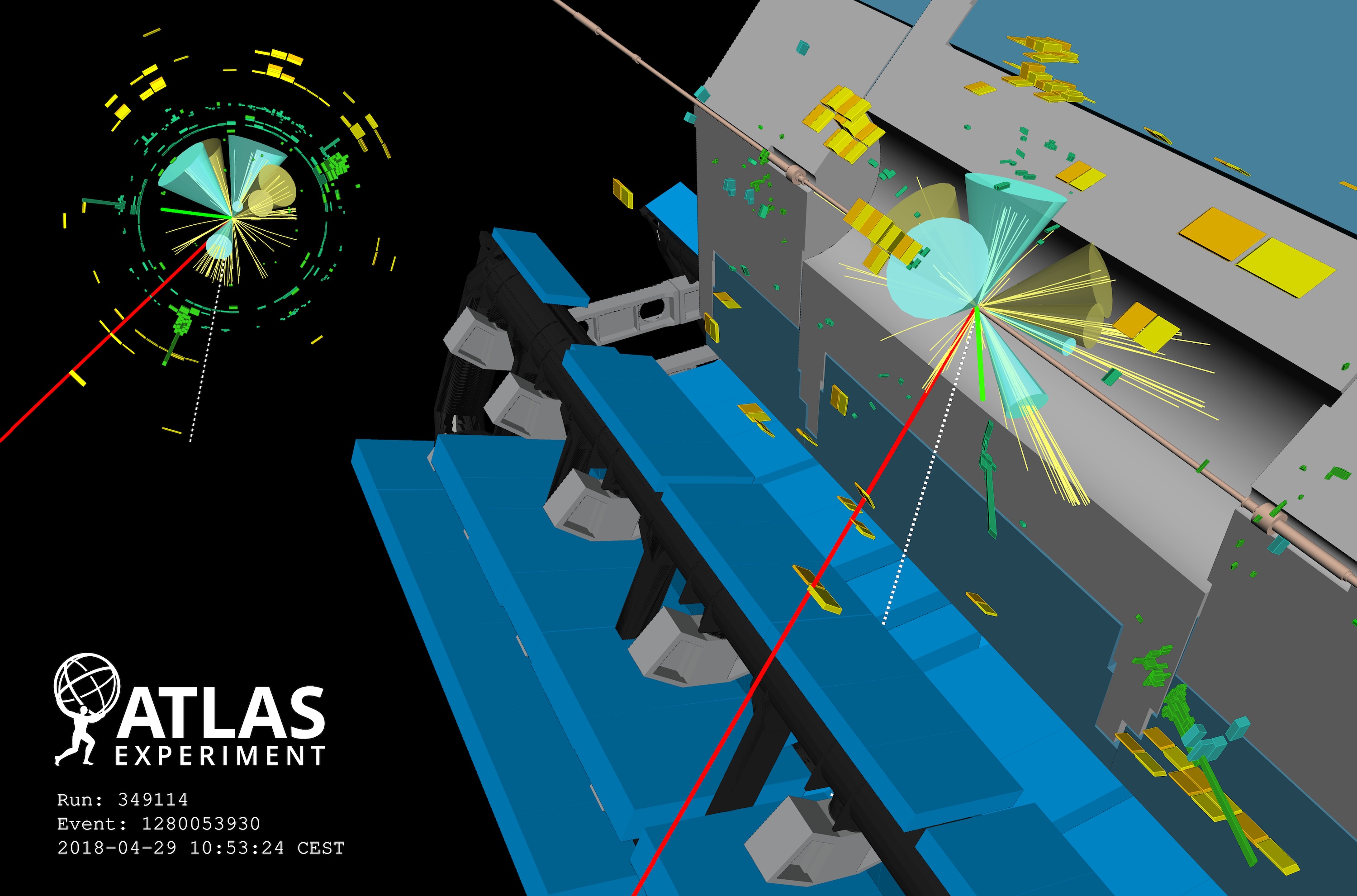A busy day in the life of high energy physicist
27 June 2016 | By

Let me start off with a short introduction: my name is Muhammad Alhroob, and I am an international person working at an international organization. I was born and raised in Palestine, which is where I obtained my Bachelor’s degree in Physics. I then travelled to Trieste, Italy to obtain a diploma in theoretical high-energy physics from the Abdus Salam International Center for Theoretical Physics (ICTP). It was named after Abdus Salam, one of the theorists responsible for developing the Standard Model theory of particle physics. I carried out my Doctoral studies at Bonn University, Germany, in experimental particle physics with the ATLAS experiment. Currently, I work as a post-doctoral researcher as a member of the ATLAS experiment and I am employed by the University of Oklahoma, USA. I live in France, but my office and work is in Switzerland!
My work involves analyzing data to try to understand how nature works at the most fundamental level, by searching for new particles and ways in which they interact. Specifically, I am looking at the top quark, which is the heaviest fundamental particle known to exist, with a mass of about 180 times that of a proton.
The top quark was discovered in 1995 at Fermilab near Chicago, USA. It is predicted by the Standard Model to be produced in two ways: in pairs (a top quark and its antimatter partner) via the strong interaction or singly via the weak interaction. The top quark decays spontaneously to a bottom quark and a W boson, exclusively via the weak interaction. Its heavy mass and very fast decay make it a fantastic for probing the Standard Model.
My work involves analyzing data to try to understand how nature works at the most fundamental level, by searching for new particles and ways in which they interact.
I am looking for the top quark when it is produced together with a Z boson. This allows us to measure the strength of the coupling between the top quark and the Z boson, which is a parameter in the Standard Model that has to be determined. This channel allows us to probe for physics beyond the Standard Model.
This process is also the main background of another extremely important signal: the production of the top quark in association with the Higgs boson (tH). This background has to be measured very precisely and understood. The tH signal will allow us to measure the strength of the coupling between the top quark and the Higgs boson, which is also a free parameter in the Standard Model that needs to be measured. This channel uniquely allows for the structure and nature of the coupling to be studied.
My work day starts around 9 a.m. as I arrive at CERN and grab a cup of coffee, sometimes with colleagues. Once I am at the office, I read and reply to dozens of emails, edit and debug computer programs, and submit jobs to the Grid. Sometimes my morning involves a chat via Skype or a meeting via video conference. Lunch starts at 12 and can involve physics and detector operation discussion. Therefore, it can sometimes last for as long as 2 hours. My afternoon is usually busy with all kinds of meetings: physics meetings, detector and performance meetings, and ATLAS general meetings. By then it is 5 or 6 p.m. and people have started to leave, giving me the opportunity to stay in the office to concentrate on the job and incorporate the things I learned during the day.
Afterwards, I need to go home and sleep one or two hours before my night shift in the ATLAS control room starts. I am currently doing shifts to monitor the inner detector of the experiment. It starts at 11 p.m. and ends the next day at 7 a.m. I have as many as two to three night shifts per month. These shifts are extremely important to keep the detector running in good condition and to guarantee the high quality of the collected data.
When I don’t have a shift, I get a full night’s sleep, hoping for another good day, full of excitement and interesting activities!



